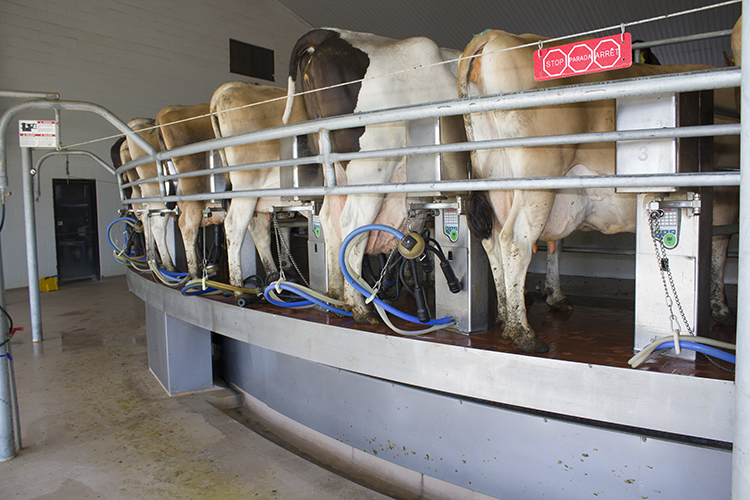
High somatic cell counts have traditionally been associated with other problems in the herd, from digestive upset to reproductive inefficiencies and mobility problems. Particularly when discussing the link between locomotion and somatic cell count, some details remain confusing.
For example, research out of Europe shows cows with imperfect mobility (locomotion score of 1) registered 28,000 somatic cells/mL lower than cows at a locomotion score of 2, which indicated impaired movement. On the flip side, the same study found that cows scoring 3 in locomotion, severely lame, had lower somatic cell counts six months after the locomotion scoring incident than cows that retained a locomotion score of 1.
In a SQMI Quarterly newsletter article from the Southeast Quality Milk Initiative, the University of Kentucky’s Jenna Klefot and Jeffrey Bewley explained that the lower somatic cell count of severely lame cows could be tied to reduced lying time and contact with unclean bedding.
That being said, they suggest the tie between low milk quality and high somatic cell count is tight enough to warrant management intervention. They recommend three keys to better hoof health.
- Keep cows comfortable. In other words, enable cows to lie down for 12 hours a day, handle them calmly, monitor the herd for signs of lameness and consistently use a footbath. The Kentucky researchers explained that timely claw trimming maintains lower risk of hoof injury and lower somatic cell counts.
- A safe environment. Klefot and Bewley recommend scraping alleys twice per day, ensuring proper ventilation, grooving concrete flooring, and allowing for adequate feedbunk spacing.
- Nutrition can’t be forgotten. That process begins with proper formulation of rations allowing for adequate fiber and timely delivery of feed. The pair also recommend adding trace minerals to the diet to help speed tissue repair and strengthen the hoof.

The author is an associate editor. She covers feeding and nutrition, youth activities and heads up the World Dairy Expo Supplement. Maggie was raised on a 150-cow dairy near Valley Center, Kansas, and graduated from Kansas State University with degrees in agricultural communications and animal sciences.








